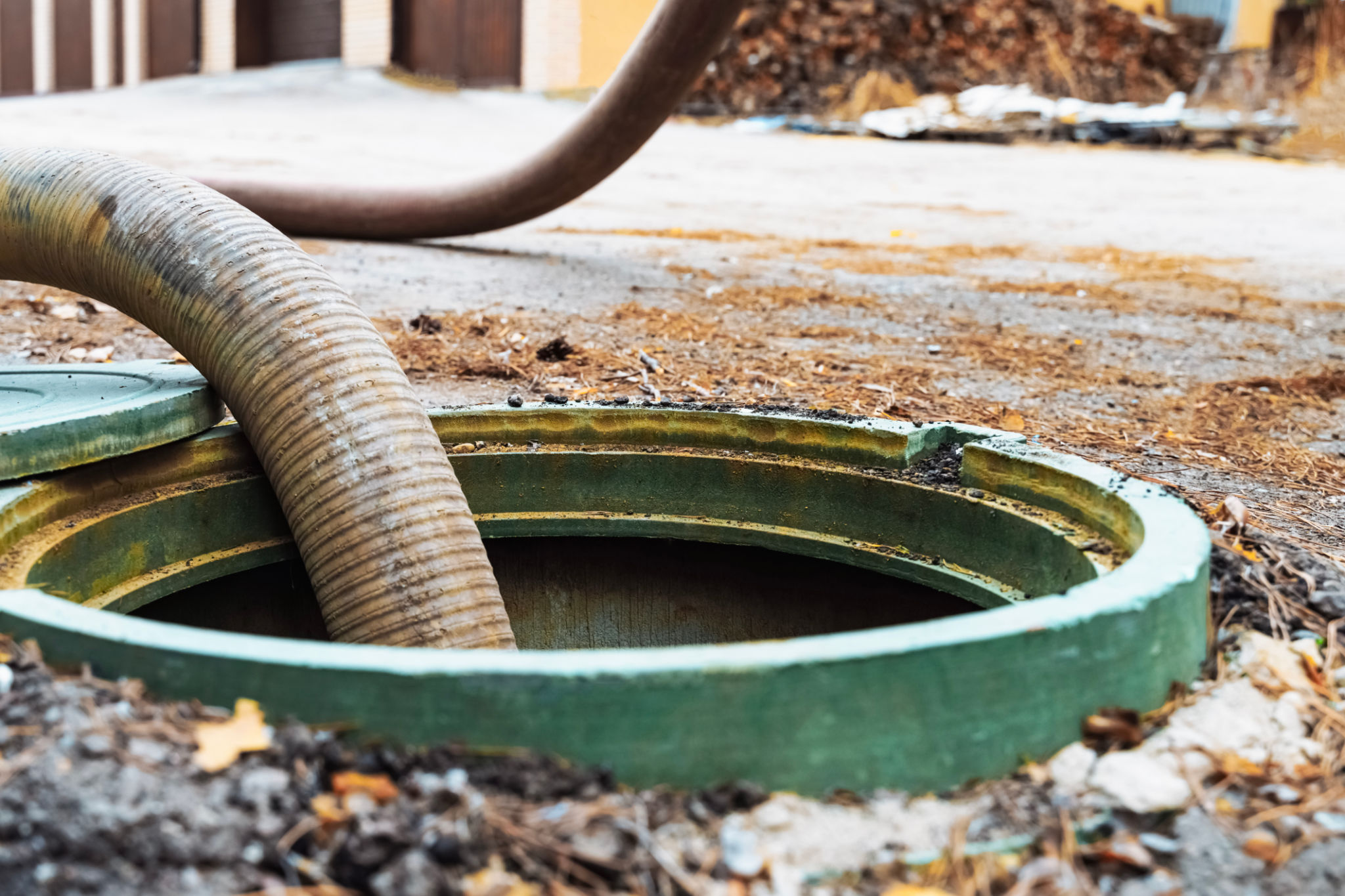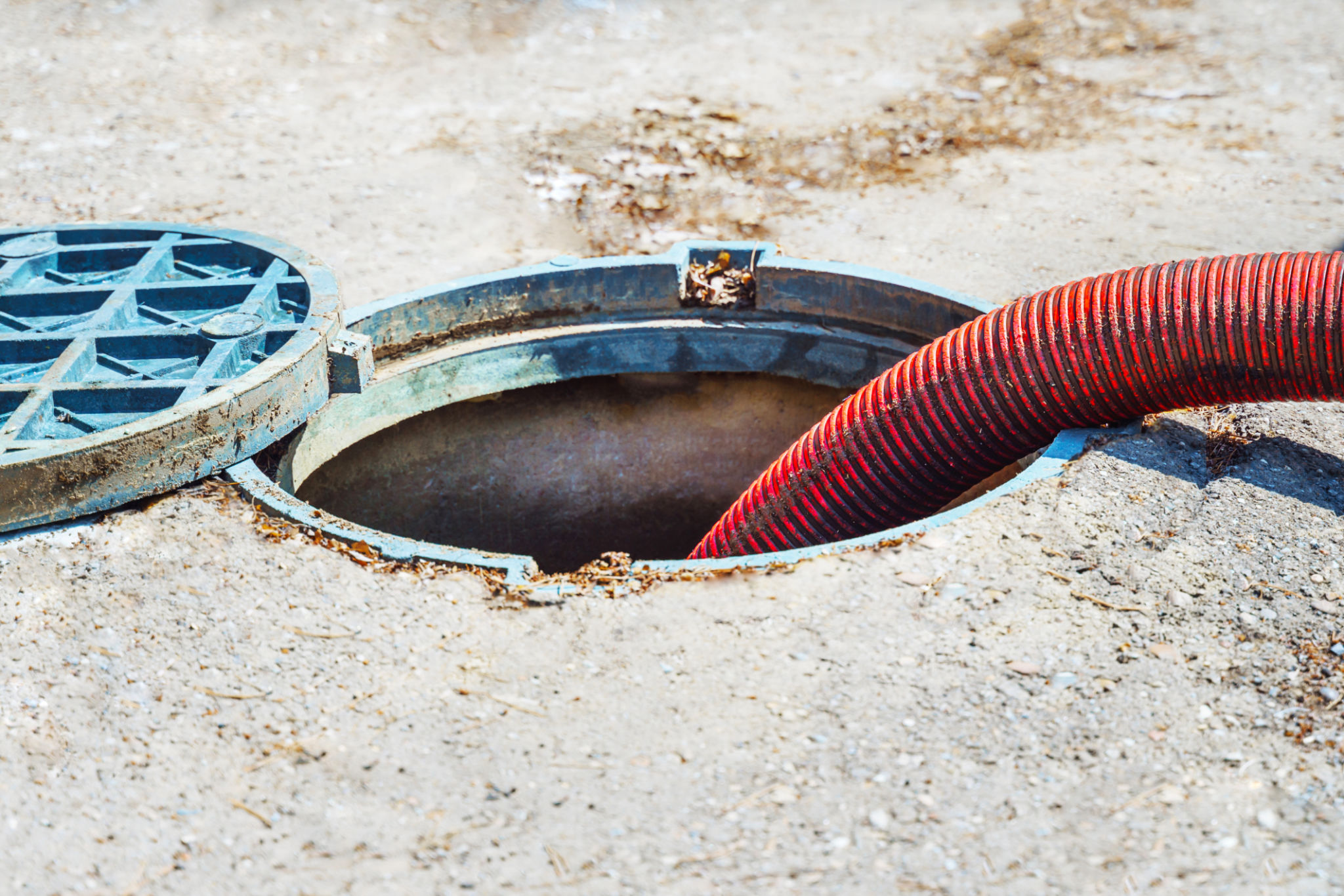Septic Tank Installation and Repair: A Comprehensive Guide for Zimbabwean Homeowners
Understanding Septic Tanks
Septic tanks are a crucial component of many homes in Zimbabwe, especially in rural and suburban areas where centralized sewer systems may not be available. These systems manage household wastewater efficiently, preventing environmental contamination. Understanding how they work is key to ensuring they function properly.

A septic tank system typically consists of two main parts: the tank itself and the drain field. Wastewater flows from the house into the tank, where solids settle at the bottom, and oils float to the top. The remaining liquid effluent then exits into the drain field for further treatment. Proper maintenance and installation are vital for their efficiency.
Essential Steps for Septic Tank Installation
Installing a septic tank requires careful planning and professional expertise. Here are the essential steps involved in the process:
- Site Evaluation: Assessing soil type, water table levels, and local regulations is crucial before installation.
- Designing the System: A system should be designed to accommodate the household's wastewater needs.
- Excavation and Installation: Once a design is approved, the site is excavated, and the tank is installed according to specifications.
- Connection and Testing: Finally, connecting the system to the home’s plumbing and conducting tests ensures everything functions smoothly.

Maintenance Tips for Longevity
Regular maintenance of your septic system can prevent costly repairs and extend its lifespan. Here are some tips:
- Regular Inspections: Have your septic tank inspected every 3-5 years by a professional.
- Pumping: Tanks should be pumped every 3-5 years to remove sludge and prevent overflow.
- Avoid Overloading: Conserve water to reduce the load on your system.
- Avoid Chemicals: Refrain from using harsh chemicals that can disrupt the bacterial balance in your tank.
Recognizing When Repairs Are Needed
Signs that your septic system may require repair include slow drains, unpleasant odors, or standing water in your yard. Addressing these issues promptly can prevent more serious problems from developing.

If you notice any of these signs, it’s important to contact a professional immediately. They can diagnose the problem and recommend appropriate repair solutions, such as fixing leaks or replacing damaged parts.
Choosing a Professional Service
When it comes to installation and repair, hiring a reputable professional service is essential. Look for companies with experience, proper licensing, and positive customer reviews. They should also provide a clear estimate of costs and a timeline for completion.
By following these guidelines, Zimbabwean homeowners can ensure their septic systems are properly installed and maintained, ultimately saving money and protecting the environment.